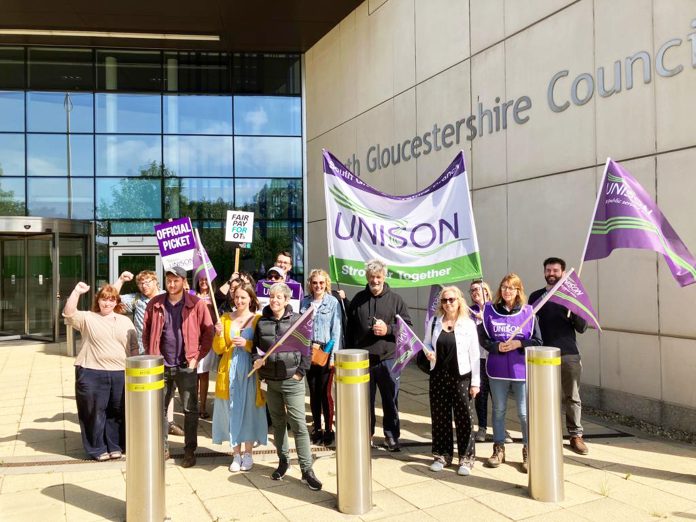April Ashley, Unison NEC Black members’ seat, personal capacity
As we go to press, public sector union Unison has still not formally released the outcome of the local government pay strike ballot, nor its decision on the next steps. The National Joint Council (NJC) committee, Unison’s leadership body that negotiates on pay, has decided to wait for the outcome of the Unite the Union ballot, the results of which are expected by the end of July.
The other main local government union is GMB. Its industrial action ballot timetable is unclear but seems to be delayed until the autumn school term.
However, most members know that although Unison members overwhelmingly voted for strike action – up to 85% in some branches – only a limited number of branches met the Tory anti-trade union turnout threshold of 50%.
Socialist Party members put forward a fighting strategy, including reballoting all branches where turnout was over 40%. But this has not been taken up by the NJC committee, who countered that the number of branches whose turnout was over 40% would not deliver national action.
The Time for Real Change (TFRC) Unison leadership commended the enormous amount of hard work branches and activists carried out to double last year’s turn out in the pay ballot, but there was disappointment amongst activists that branches did not reach the 50% threshold nationally.
Coordinate
The leadership seemed to signal they would not pursue further action on the 2023 pay claim, even though there is still potential scope to coordinate action with other unions. The teachers in the National Education Union are currently holding a consultative ballot on the government offer of 6.5%.
The national disaggregated ballot to achieve the above-inflation pay claim of 12.7% followed on from last year’s 2022 pay campaign where the leadership refused to make a recommendation to reject the employers’ flat-rate pay offer of £1,925. This seemed to be a tacit acceptance of the offer and it was not surprising that, with no campaign from the top, members voted to accept on a low turnout.
The local government employers made the very same offer this year. Therefore, if the TRFC leadership does not put forward a fighting strategy, the real-terms pay cut for local government and schools continues for a further year.
The TFRC majority on the union’s National Executive Council (NEC), similarly to the right-wing elements on the NEC, are putting their trust in a Starmer-led Labour government to deliver for Unison members. They will be sorely disappointed! Unless they prepare for the fight that will be needed, they risk becoming indistinguishable from the previous right-wing leadership of the NEC.







